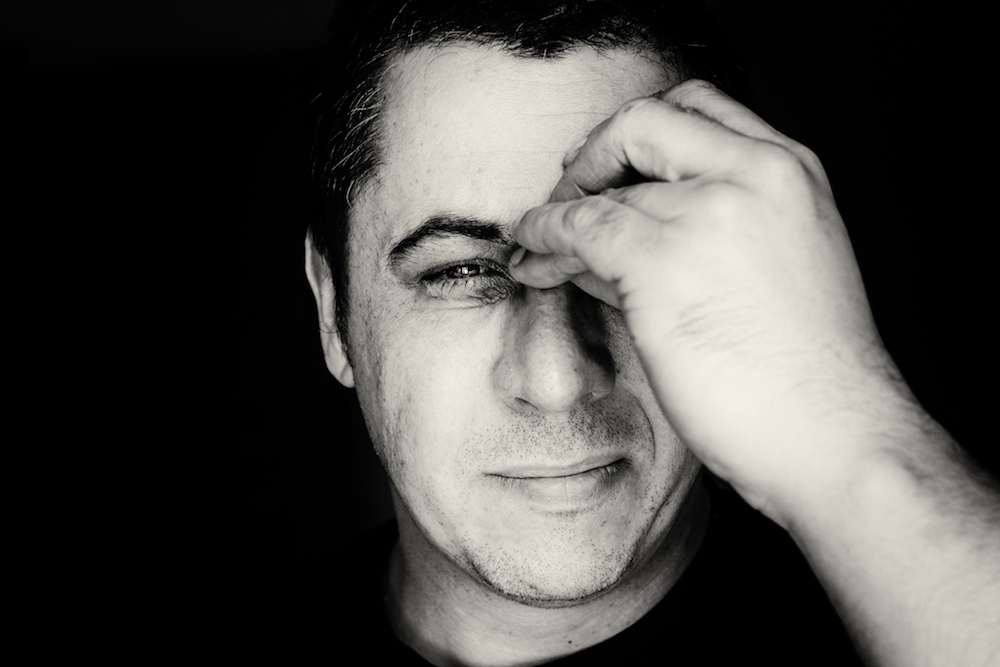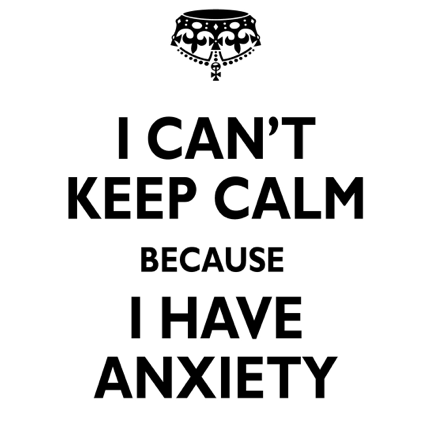Abstract
Background: Conventional drug treatments for Generalized Anxiety Disorder (GAD) are often accompanied by substantial side effects, dependence, and/or withdrawal syndrome. A prior controlled study of oral chamomile (Matricaria chamomilla L.) extract showed significant efficacy versus placebo, and suggested that chamomile may have anxiolytic activity for individuals with GAD.
Hypothesis: We hypothesized that treatment with chamomile extract would result in a significant reduction in GAD severity ratings, and would be associated with a favorable adverse event and tolerability profile.
Study design: We report on the open-label phase of a two-phase randomized controlled trial of chamomile versus placebo for relapse-prevention of recurrent GAD.
Methods: Subjects with moderate to severe GAD received open-label treatment with pharmaceutical-grade chamomile extract 1500mg/day for up to 8 weeks. Primary outcomes were the frequency of clinical response and change in GAD-7 symptom scores by week 8. Secondary outcomes included the change over time on the Hamilton Rating Scale for Anxiety, the Beck Anxiety Inventory, and the Psychological General Well Being Index. Frequency of treatment-emergent adverse events and premature treatment discontinuation were also examined.
Results: Of 179 subjects, 58.1% (95% CI: 50.9% to 65.5%) met criteria for response, while 15.6% prematurely discontinued treatment. Significant improvement over time was also observed on the GAD-7 rating (β=-8.4 [95% CI=-9.1 to -7.7]). A similar proportion of subjects demonstrated statistically significant and clinically meaningful reductions in secondary outcome ratings of anxiety and well-being. Adverse events occurred in 11.7% of subjects, although no serious adverse events occurred.
Conclusion: Chamomile extract produced a clinically meaningful reduction in GAD symptoms over 8 weeks, with a response rate comparable to those observed during conventional anxiolytic drug therapy and a favorable adverse event profile. Future comparative effectiveness trials between chamomile and conventional drugs may help determine the optimal risk/benefit of these therapies for patients suffering from GAD









